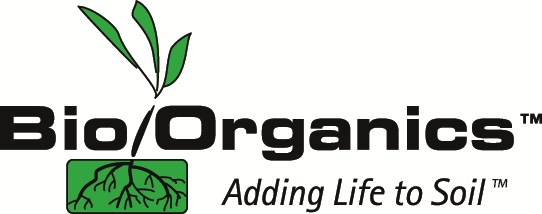Lawn/Turf - Mycorrhizae
Wonderfully healthy grass can be grown with natural biological methods utilizing mycorrhizae. It calls for some changes in mowing and fertilization, plus a little patience, but the end result will be a v ery attractive lawn that saves money and avoids water-polluting runoff, a major problem for streams and underground water reserves. Our Micronized Endomycorrhizal Inoculant or MycoMinerals can both be used to treat lawns and turf. For Golf Courses we recommend our Micronized Endomycorrhizal Inoculant.
ery attractive lawn that saves money and avoids water-polluting runoff, a major problem for streams and underground water reserves. Our Micronized Endomycorrhizal Inoculant or MycoMinerals can both be used to treat lawns and turf. For Golf Courses we recommend our Micronized Endomycorrhizal Inoculant.
BENEFITS
● Less fertilizer used.
● Less water needed.
● Reduces overall maintenance costs.
● Easy application of our micronized inoculant in a water soluble form.
USE
● Introduce mycorrhizal fungi. These powerful and beneficial symbiotic organisms are what plants normally use to find and uptake both nutrients and moisture. A grass that lacks mycorrhizae on the roots has limited ability to survive on its own. The routine use of strong synthetic fertilizers can destroy the sensitive soil fungi and make lawns completely dependent on human feedings – a great situation for lawn-care services, but poor strategy for the homeowner.
● You can use our Micronized Endomycorrhizal Inoculant (BEIM) to introduce mycorrhizal fungi spores to a lawn. It can be applied as a lightly-scattered powder or can be mixed into water and applied as a drench. Follow either with a watering-in, or do the application just before a rain to get the spores down to the root zone.
APPLICATION
BEIM
● Mix with water, the actual level of the mix is not as important as ensuring it is evenly distributed over the required area.
● A 3-lb. jar will treat up to 2.5 acres of lawn or pasture.
MycoMinerals
● Apply at a rate of 1 lb. per 50 square feet, this ensures that a broad spectrum of nutrients will be available in the soil.
● Use a mulching mower that cuts the blades of grass into small pieces. Never again will you remove this nutrient-providing material from the lawn. In effect, you are replicating the recycling process that happens in nature when leaves and other materials fall and decompose into plant fodder.
● Finally, spread a dry organic fertilizer at half the suggested label rates and cover it all with a layer of compost (no more than an inch).
● It will take a few weeks for the mycorrhizal fungi to colonize the soil, which is where patience comes in. Mow fairly often to avoid clumping of cuttings and perhaps repeat the dry organic fertilizer and compost step occasionally as a treat.
● There will be no thatch buildup. A healthy bio-system lawn with large numbers of earthworms will eat up the cut grass blades on their first bounce and take the digested results down to the roots.
● Note that you may need to spot-treat weeds and/or apply a pre-emergent crabgrass prevention product, such as corn gluten. And, of course, never never never disrupt your bio-system lawn with strong chemical fertilizers, especially in liquid form.
